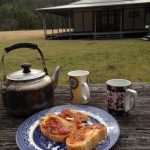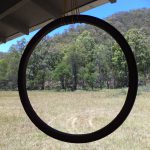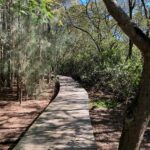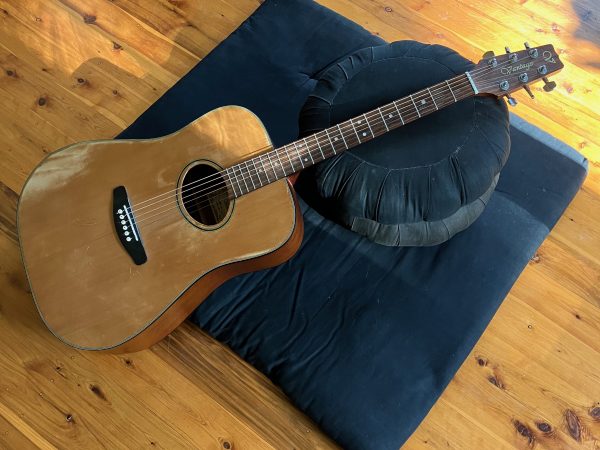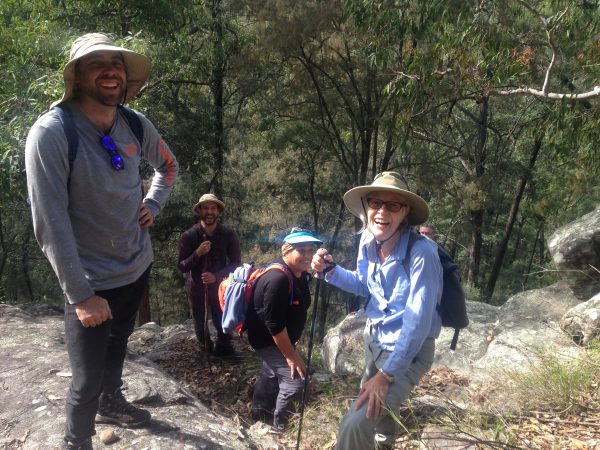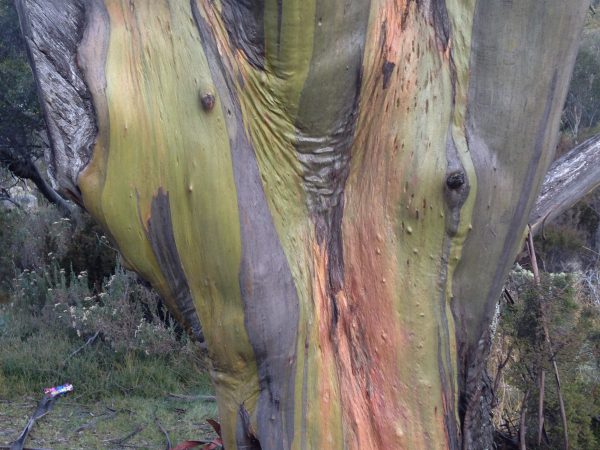Can do it, Can’t do it

As students of the way, if we are serious about awakening to our true nature, or Buddha nature, we need to believe that from the beginning we are Buddhas and the realisation of our true nature is our birth right. The following is a koan called ‘Nan-chuan’s Stone Buddha’, and it is case 3 from the Iron Flute collection of koans. It goes like this, Upasaka Liu-keng said to Nan-chuan, “In my house there is a stone that sits up or lies down. I intend to carve it as a Buddha. Can I do it?” Nan-chuan answered, “Yes you can”. Upasaka Liu-keng asked again, “Can I not do it?” Nan-chuan answered, “No you cannot do it”.
The stone that Liu-keng refers to is himself. His question implies that he must create, or carve out a Buddha. Essentially, we are Buddha, right here, right now. Nothing to create. However, for the purpose of this discussion we will consider this work of creating as the essential inner work of deepening our realisation, embodying this understanding, and undergoing the essential work of developing our character so that we may live in accord with the way.
When Liu-keng asks, “Can I do it?”, perhaps he is wondering if he has what it takes. Nan-chuan responds, “Yes you can”. As practitioners of the way, we need to believe in our innate ability to fully realise our Buddha nature. I’m sure that everyone has doubts at some time during their practice, but don’t get bogged down in them. Take the next step, believe in your ability to realise. Sometimes in koan work, students can become disheartened as they have a feeling that they are getting nowhere with their practice, with their koan. This is perhaps the most important time to continue, drop the idea of getting somewhere, and the time that our faith and our belief in our practice will be really tested. And it’s never perfect. I remember as a young student going to dokusan to see Aitken Roshi many times during the training periods that I attended in Hawaii. Sometimes I doubted myself, but the old teacher never doubted me for a minute. I have immense gratitude for this. It helped carry me through my times of doubt. Here, old Nan-chuan has no doubt Liu-keng is innately a buddha with the full potential to realise this.
Sometimes we have baggage or damage from our past, and to walk the path we must also work with our wounds. Sometimes we need to ask for help from a therapist or a counsellor. This is part of our character work which is also an essential part of our maturity on the path. The support of Sangha is also important at these times. When Liu-keng asks, “Can I not do it?”, I think he is playing a game here with Nan-chuan but let’s take it as literal for a moment. To entertain the thought or doubt of ‘cannot do it’, in that moment, that belief is all there is, not able to do it. Hence, Nan-chuan’s response, “No you cannot do it”. At these times, when we have doubts, it is important to identify the thoughts, the belief. Often, we have just built a story from our thoughts, perhaps coloured with a bit of our history and we are convinced by it. It is important to notice our thoughts, and our belief in them. They are just thoughts or beliefs that we give energy to. Don’t invest in them. By observing our thoughts, we release the hold that they have on us.
With this koan we have taken a logic interpretation of this dialogue, however the koan is asking for something more than this. We need to transcend the entanglement of ‘can do it, and can’t do it’. As Wumen says in his verse on case 1 of the Wumen-kuan, “with a bit of has, or has not, body is lost, life it lost”.
This essay was written by Will Moon, apprentice teacher, for the April/May Newsletter

